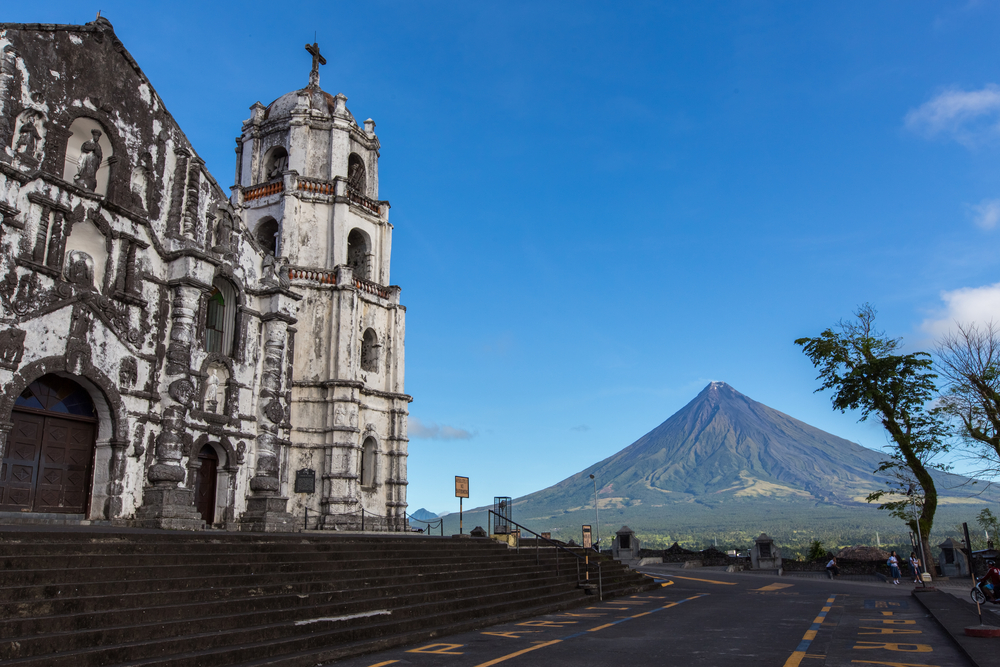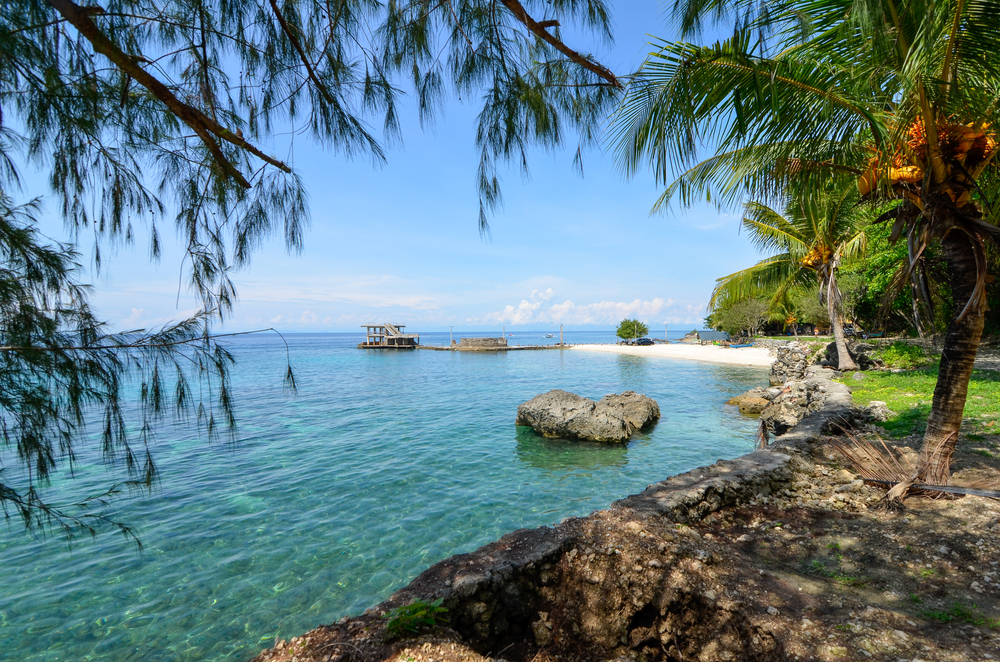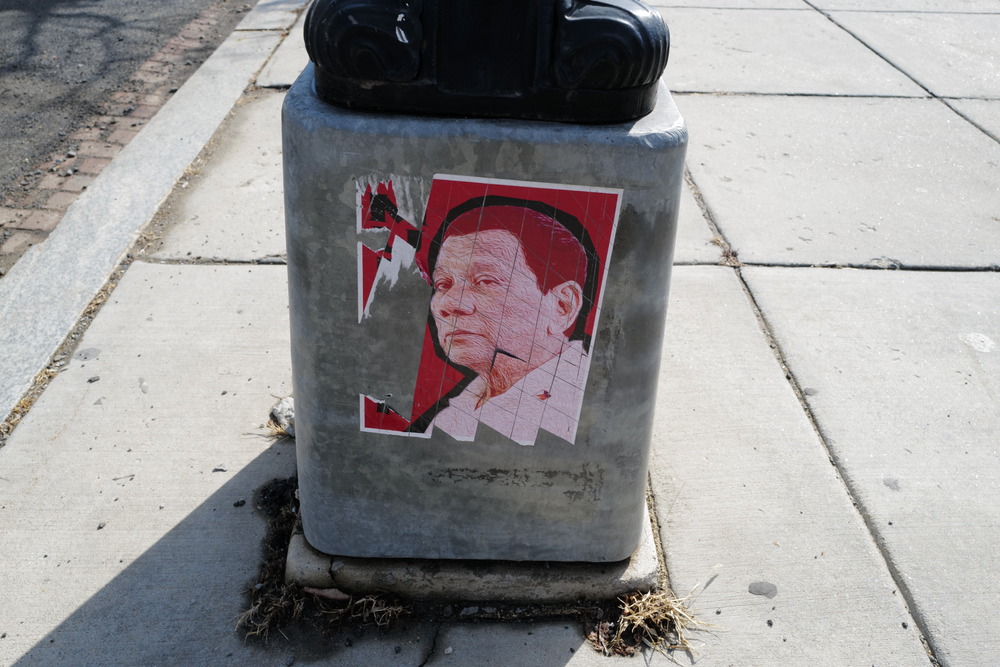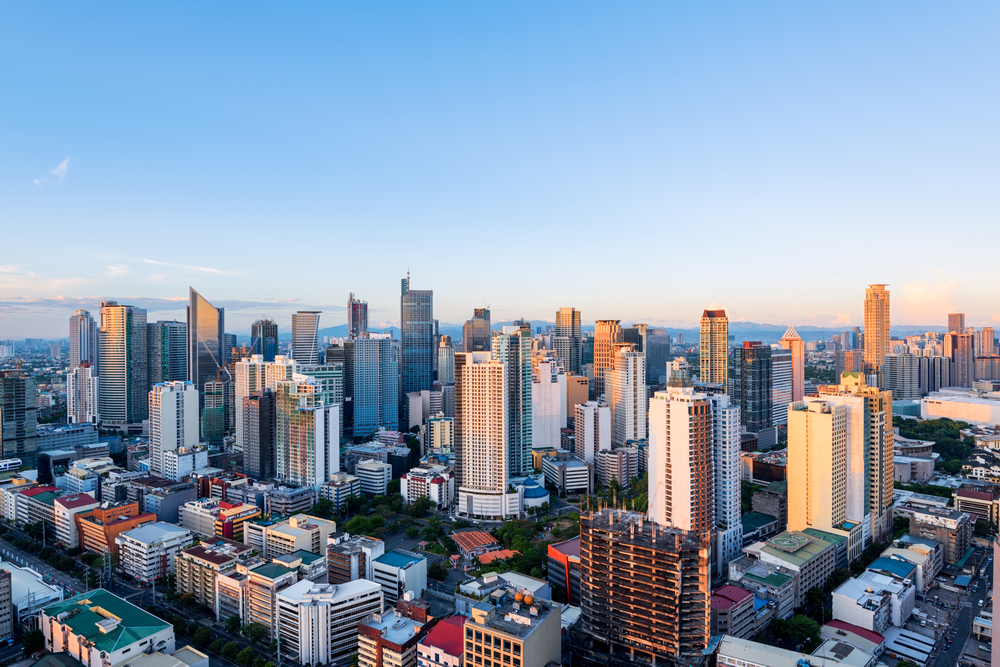New leader, new homes: The Philippines stands at a crossroads
The Philippines’ real estate market is rebounding strongly from its pandemic slump. And with fresh leadership imminent, there’s a bullish mood among investors and developers

With a widow battling a Marcos dynasty scion for power, the 2022 Philippine elections are harking back to a transformative, revolutionary time in history.
But as political faultlines split and culture wars rage between front-running candidates Vice-President Leni Robredo and rival Ferdinand Marcos Jr., another divide emerges.
Property-seeking Filipinos are split between the haves and the have less. Careful investors eye affordable off-plan units in the big city while the rich seek more imeldific (the neologism is a nod to former first lady Imelda Marcos’ ostentatious displays of wealth) properties in suburbia.
The real estate market appears to have passed an inflection point. Despite Covid-19, the economy grew 5.6 percent in 2021, reversing course from the 9.6 percent contraction in 2020. Nationwide, residential prices increased 6.3 percent in Q3 2021, the first year-on-year uptrend in four consecutive quarters, central bank data show.
“The general residential market remained weak but improved relative to 2020’s performance,” says Michael McCullough, managing director of the consultancy KMC Savills. “The luxury segment was the most resilient while the mid-segment showed recovery signs.”
The take-up of most condominium price segments resumed its ascent towards the end of the year, data from Leechiu Property Consultants show. Around 8,159 primary units were sold in Q4 2021 alone, a 12 percent quarterly increase. A total of 38,065 units ultimately moved last year, representing an annual sales decline of just 11 percent, compared to 21 percent in 2020.
Metro Manila will, in fact, likely fall short on condominium inventory in the long term. Although nearly 165,000 units are pipelined for the next seven years—with 34,600 units for 2022 alone—around 76 percent of them are already sold.

“Developers should start introducing new supply,” says Roy Golez Jr., director of research at Leechiu Property Consultants. “The buyers are there, especially with the more optimistic environment. Money will be looser, freer.”
With the benchmark rate at an all-time low of 2 percent, developers would be better capitalised to dust off stalled projects. “Developers, not necessarily the buyers, are more willing to borrow,” adds Golez. “If developers get funding, then there will be more units released to the market. I’m partial towards supply because the margins can be adjusted on the developer side to make it easier for buyers to absorb units.”
The Manila Bay Area and Greater Ortigas will likely account for 47 percent of condominiums set to complete through 2026, according to analysts from Colliers Philippines and KMC Savills. Around 4,130 hectares of land are being reclaimed across the bay, formerly a hedonist’s hub peopled by Philippine offshore gaming operators (POGOs).
Recent POGO levies like Republic Act 11590—plus onerous pandemic restrictions—destroyed goodwill with operators, lured to the country by outgoing President Rodrigo Duterte’s détente with Beijing. Around 28 POGO licensees have ceased operation since March 2020. On cue, rents dropped by up to 40 percent across Metro Manila as gamblers moved on to places such as Cambodia and Dubai.
“There had been a parabolic increase in rents in 2019 before the pandemic, so they just somehow went back to the mean, what they should have been pre-POGO growth,” says Golez. “The POGO market just got whatever was available for their employees.”
Marcos is expected to woo POGOs back to the Philippines if he wins power. Shortly after declaring his run for office last year, he met with Huang Xilian, the top Chinese diplomat to the country.

Around 677,000 sqm in committed POGO spaces remain today in Metro Manila. “POGOs may return to play but not as ferociously as before, considering the issues related to tax regulations,” says McCullough. “There will be a positive spillover effect to residential demand, but the magnitude will also be contingent on what the new administration dictates.”
Flexing their purchasing muscle in the absence of POGOs, affluent locals and OFWs (overseas Filipino workers) looked at good buys in horizontal Metro Manila developments, including elite communities such as Ayala Alabang, Forbes Park, and Dasmariñas Village.
No longer siloed to offices due to more flexible work arrangements, cash-rich property seekers also decamped to beaches and scenic locations just outside the capital.
House-and-lot and lot-only projects in nearby provinces such as Batangas, Bulacan, Cavite, Laguna, Pampanga, and Tarlac were 86 to 97 percent sold in 2021, according to data from Colliers. Horizontal projects further afield in Cagayan de Oro and Iloilo also recorded positive take-up.
“Despite the pandemic, the wealth of the high-end market has been parked in real estate because we can believe that it’s a preservation of asset,” says Golez. “They are moving from their large condos to these large houses for open-air and perceived health benefits.”
Vertical developments nonetheless also prospered outside Metro Manila, with condominiums in Cebu and Davao commanding prices in the echelons of PHP370,000 (USD7,200) and PHP318,000 (USD6,200) per sqm, respectively, according to Leechiu. Appetite for studios and other small-cut condominiums dropped while that for two-bedroom units or larger surged, the consultancy Santos Knight Frank reports.
“Demand for bigger cuts is driven by HNWIs from abroad providing support for their families in the Philippines, and OFWs or OFW families who are upgrading or resettling,” explains Marievie Gimena-Villanueva, associate director for residential services at Santos Knight Frank.

Duterte’s signature Build, Build, Build infrastructure program has unlocked land values in and out of Metro Manila. Land prices in the country’s financial centres, Bonifacio Global City (BGC) and the Makati CBD, have already hit up to PHP846,800 per sqm, according to Colliers.
The firebrand leader exits the presidency with 162 kilometres of transport infrastructure projects set to complete across the capital by 2025. These include the 25-kilometre, Japanese-funded Mega Manila Subway, the country’s first underground rapid transit system. The program also realises the 2,500-hectare Bulacan international airport, a long-awaited alternative to the capital’s increasingly obsolescent gateway.
Several presidential candidates vowed to continue Duterte’s infrastructural legacy, chief among them Marcos and his running mate, Sara Duterte, the daughter of the current president, as well as international boxing champion Manny Pacquiao.
“We need the infrastructure programme to get us out of this economic crisis we are in right now,” says Golez. “We should continue with the infrastructure projects because these can significantly keep providing additional employment, especially to those who have lost jobs in the service industry.”
To uplift cash-strapped property seekers, some developers have stretched monthly amortisations of pre-selling units to a previously unheard-of five years or longer after the building is completed.
More: Green momentum grows in Asia, propelled by disruptors and innovators
“These developers are doing all these buyers a big favour by allowing them to pay much longer than usual,” says Golez. “But then, of course, it’s also to the developers’ survival, lest they can’t sell anything.”
On the same grounds, the presidentiables blazed the campaign trail with populist promises of shelter. Robredo, the former housing secretary, pledged to allocate PHP50 billion annually to an in-city subsidised housing programme as opposed to far-flung resettlement schemes where employment prospects are scarce.

Manila Mayor Isko Moreno planned to roll out a nationwide version of his housing projects for the underprivileged in the old city. Pacquiao aimed to emulate Singapore’s public housing board projects while Marcos—whose family’s controversial real estate holdings are legion—wanted to recapitulate a housing program pioneered by his father.
The private sector could also jump into the altruistic fray. Developers are currently required to build socialised housing projects equivalent to 15 percent of their development costs, but this compliance rate could be raised back to 20 percent, analysts suggest.
“The Filipino in me tells me that what’s needed is to support the lowest market segment,” says Golez. “So we need new legislation to provide bigger budgets and funding to the low-end market because there’s minimal profit there for private developers.”
The Philippine residential real estate market is attractive because it continuously evolves based on what the market dictates. It can bounce back and adapt with what the next normal will require
Salaried renters could be looking at a return to their urban pieds-a-terre sooner than expected. With more than half of the country’s population vaccinated, the Philippine Economic Zone Authority (PEZA) has begun issuing onsite capacity requirements for landlords’ compliance.
Propelled by such return-to-work initiatives, residential rents and prices in the secondary Metro Manila market could see a growth of 1.7 percent and 1.5 percent, respectively, in 2022, following a slump in both metrics last year, Colliers projections show.
More: A green office building blossoms in Cebu
Despite headwinds from POGO vacancies, capital values of both primary and secondary homes in major business districts across Metro Manila have held stable, reports Golez.
“The pricing for primary units is increasing, but the secondary market is where we see the impact of the pandemic.”
Most analysts envision a slow upward movement along the recovery curve for residential property. With consumer and business sentiment improving, the market could be firing all cylinders in the second half of the year, just in time for a new premier.
“The Philippine residential real estate market is attractive because it continuously evolves based on what the market dictates,” says McCullough. “While it’s experiencing a general slowdown amid the pandemic, it can bounce back and adapt with what the next normal will require. The real growing demand has led to long-term price appreciation which has rewarded residential investors in recent years.”
The original version of this article appeared in Issue No. 171 of PropertyGuru Property Report Magazine. Write to our editors at [email protected].
Recommended
Meet the architect transforming Asia’s retail spaces with nature-inspired designs
David Buffonge, the cofounder of Hong Kong-based Lead8, has strong opinions on how to improve built environments around Asia
6 sights to check out in Siem Reap, Cambodia
Cambodia’s “temple town” is bolstering its touristfriendly attributes with new infrastructure and residential developments
Inside Asia’s luxury resort residences that are redefining high-end living
Asia’s resort residence market is witnessing a shift as investors eye larger, multifunctional units
How joining BRICS could give Thailand and Malaysia a new economic edge
Thailand and Malaysia are eyeing membership in the bloc of emerging nations







